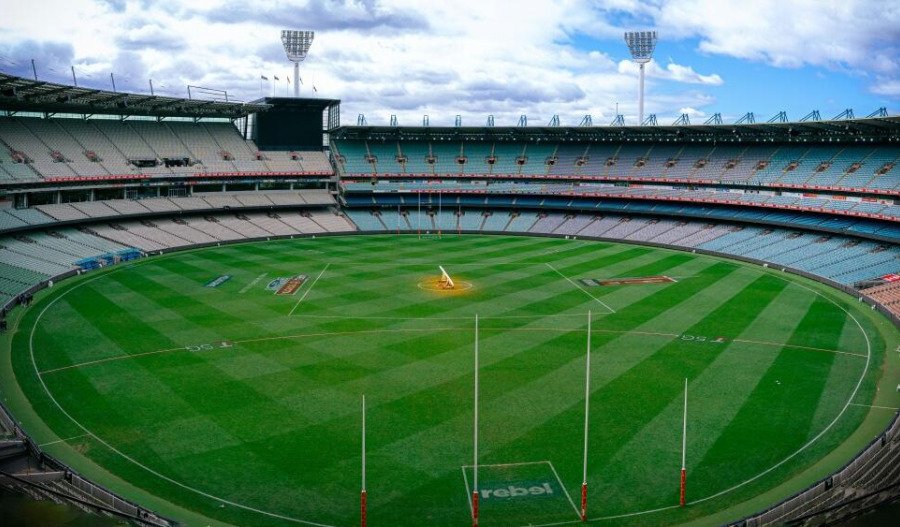The Australian Capital Territory (ACT) government will release land for 26,000 homes across Canberra by 2030, with almost 90% designated for multi-unit developments, as part of a new housing strategy to address demand and population growth.
According to the Housing Supply and Land Release Program, which replaces the previous Indicative Land Release Program, more than 23,500 of the proposed homes will be delivered through medium and high-density housing.
The remaining lots will be allocated for standalone dwellings, primarily in Belconnen, Gungahlin, and the Molonglo Valley, with a limited number in East Canberra. All other districts will see only multi-unit housing released.
Chief Minister Andrew Barr noted that housing remains a central investment priority as Canberra grows.
“Canberrans need homes where they want to live that are affordable, sustainable and well-designed,” the Chief Minister said.
The budget also outlines targeted measures to support affordable and social housing. These include 85 new public housing dwellings through Community Housing Providers under the Housing Australia Future Fund Facility, an A$20 million top-up for the Affordable Housing Project Fund, bringing the total to $100 million, 300 Build-to-Rent homes, and 17 social housing townhouses in Coombs under the Social Housing Accelerator.
In addition, the government will raise the affordable and social housing target from 15 to 20% for new land releases and will quadruple the land tax exemption for community housing providers.
To help the construction sector meet delivery targets, training subsidies for critical trades — including carpenters, plumbers, tilers, and bricklayers — will rise to 90%.
Chris Steel told the ABC: “Housing is a key priority for our government in the budget.”
"These targets will be achieved through budget investment to build more social and affordable homes, undertaking the next stages of planning reform, further land release and investment in supporting infrastructure.
"We will continue to progress missing middle housing reforms, as well as supporting more well-located homes close to transport, services and jobs."
The government also anticipates that the private sector will increase its contribution to housing development, from an average of 1,000 to 1,500 homes annually to over 9,000 additional homes in the next five years.



